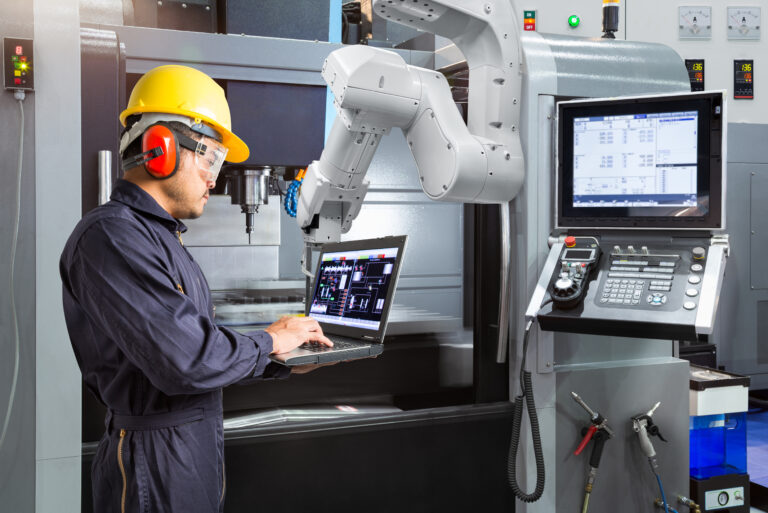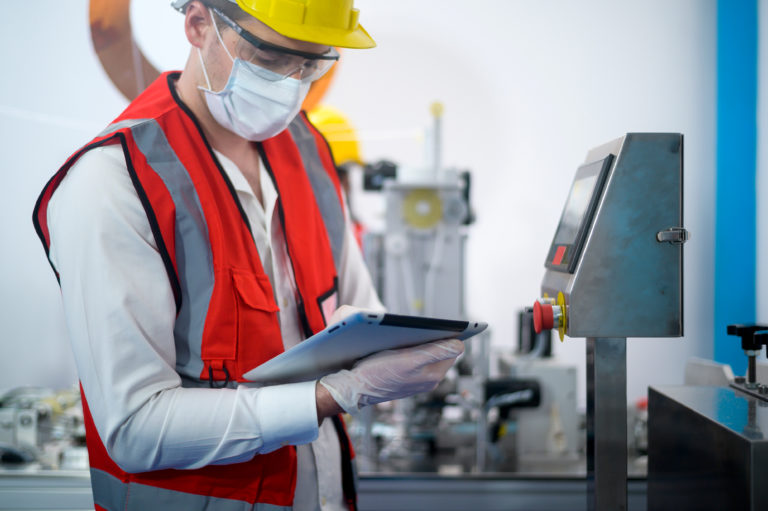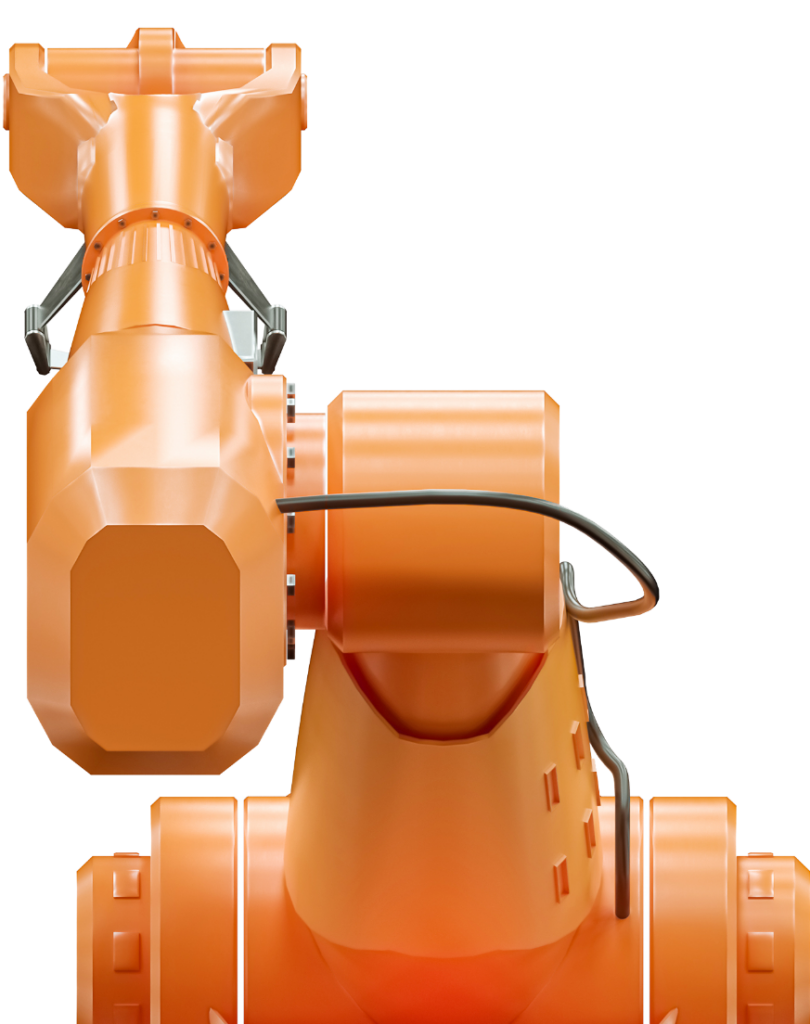As conventional wisdom states, change is life’s only constant. At some point in your manufacturing business’s lifespan, you will likely have to change or upgrade your robotic systems and other critical pieces of equipment.
However, change does not always mean a seamless transition. Your team has become familiar with your existing process, and you have relied on these methods for years to deliver the predictable results that you expect. Can something else be trusted to do the same?
Anxieties and uncertainties surrounding introducing new technologies into your operations are more than understandable. Thankfully, with some planning and preparation, you can shorten the learning curve and equip your team with the confidence they need to adopt these new solutions into your operations.
Whether you’re in the consideration stage or already preparing for a new robotic systems integration at your business, this guide will help you with the transition. First, we’ll look at one of the most significant aspects of the change: selecting the right solution.
Choose the Right Robotic System
Modern manufacturing automation technology has quickly expanded over the past several years. As more developments are introduced, business owners are faced with a nearly endless range of solutions to choose from.
The easiest way to select a robotic system is to decide whether standard, off-the-shelf equipment will satisfy your requirements or if a custom option is needed. This will help in narrowing down your list of potential matches for your goals.
Once you’ve decided between a standard or custom solution, look for a provider that not only assists you in the design and building stages. Beyond that, the right partner in your manufacturing success should also offer assistance with installation, training, and ongoing support.
Communicate the Changes to Your Employees in Advance
Sudden, unexpected changes can place unnecessary stress on employees and impact their productivity. Before you have chosen the right robotic system to integrate into your processes, communicate the following information to your team:
- What is happening
- Why you are integrating new robotic systems into your operations
- When it will be happening
- What they can expect as a result of the integration
A common concern that robotic systems integration raises among many employees is whether they will be replaced by the technology or not. Often instead of replacing existing jobs, robotics and automation equipment change the nature of the work employees perform. For example, instead of performing an operation on a part, an employee’s primary work may become ensuring there is a constant infeed and output of components into the robot or automated machinery.
That said, if you are planning to reconfigure your workforce to any extent as a result of the integration, this advance notice will allow your team enough time to secure new employment or discuss opportunities to move into a new role with your company.
Position Your Production Space Accordingly
Equipment positioning is often one of the most challenging obstacles to robotic systems integration. If your new equipment cannot fit where you want it and is not compatible with your other systems, this can create a costly headache that will impede productivity and skew performance.
In the earliest stages of planning and design, well before your new system is delivered and installed, communicate with your integrator about space, up- and downstream workflow, and any other factors that may impact the new set up. Ask them about its dimensions and any necessary cabling connection requirements that you will need to account for, including electricity and ethernet or Wi-Fi connectivity. If you have prepared the room for your new system, you can connect it and begin using it as soon as possible.
Offer Early and Frequent Training to Your Team
When your robotic system arrives, training your team to properly use it or interact with it in their own workflow is critical to avoiding any hiccups in your processes. Start by educating those who will most regularly be using the new system and continue to offer additional support as they begin using it.
You can also boost employee confidence, and buy-in with the equipment by designating a team member as the go-to expert on your new robotic system. Not only can this person assist with training and troubleshooting, it communicates to workers that their comfort with the new equipment is a priority. This can offset this responsibility from your regular workflow and have someone more directly involved with your new system that knows how to operate and troubleshoot it at a more advanced level.
Finally, another notable benefit of training is that it can help to protect against any injury from mishandling or misuse. For example, a robotic welding system works with high levels of heat that could create a safety threat for your employees, even if they are already skilled welders. Instructing them on how and when to approach the system in a safe manner can protect everyone involved.
Robotic Doesn’t Mean “Set and Forget”
While robotic automation systems do provide plenty of convenient features for manufacturers, monitoring its performance early in its integration is also critical. For the first few days of implementing your solution, monitor it to identify any potential issues that you will want to correct early on.
For example, you may need to fine-tune the parameters on an automated welding cell based on initial output. This includes standard “CLAMS” parameters for arc welding (i.e., current, length of arc, angle, manipulation, speed) as well as ensuring inflow and outflow of components is efficient.
Integrate Advanced Robotic Systems Into Your Own Processes Today
At Force Design, we offer a wide range of robotic systems, end-of-arm-tooling, and automation equipment to automate and streamline workflows for manufacturers. From packaging automation to welding and beyond, we are your trusted partner in achieving more seamless operations with fully custom solutions.
To learn more about how we can assist your business, contact us today to speak with a member of our team.



